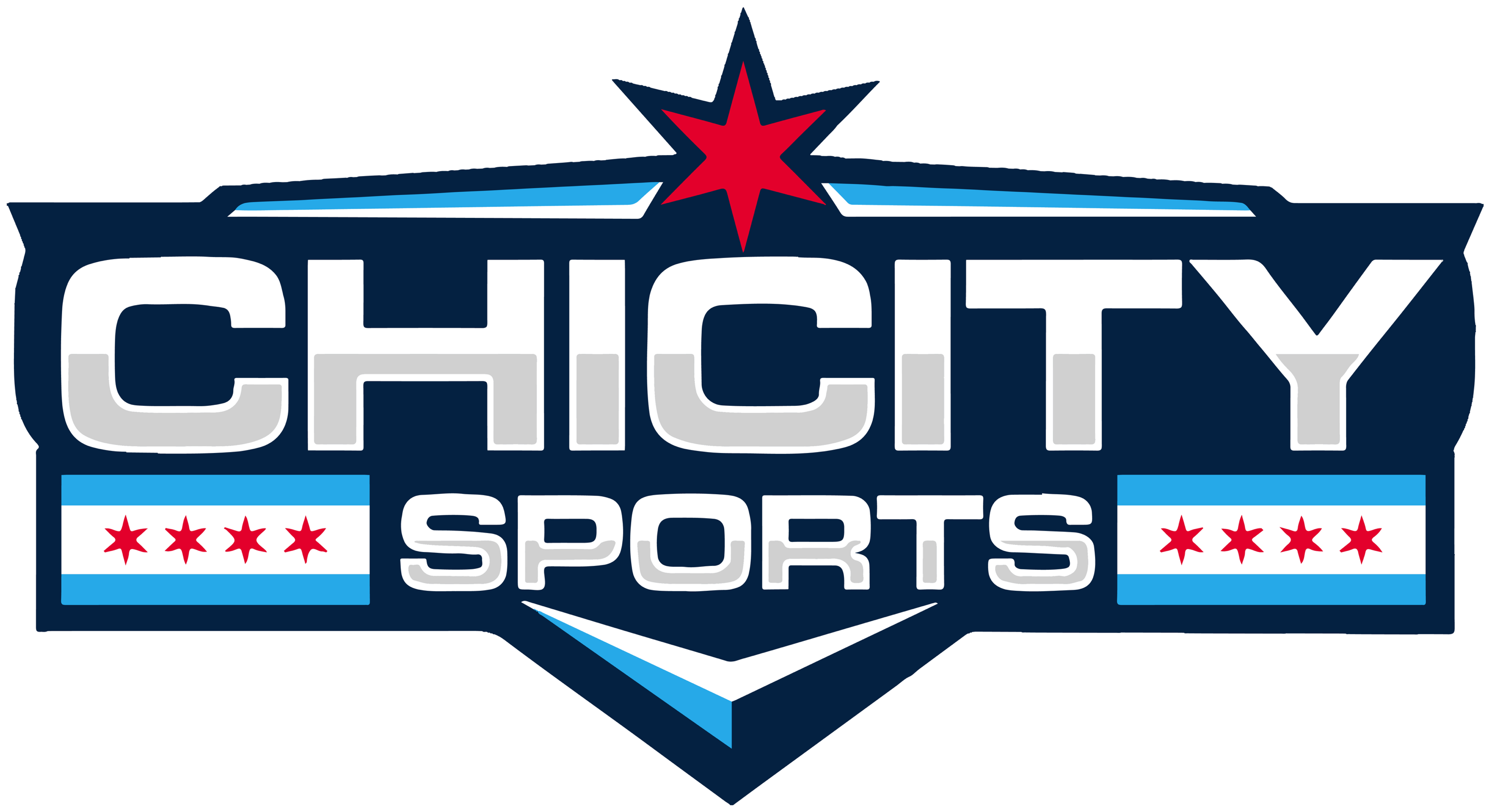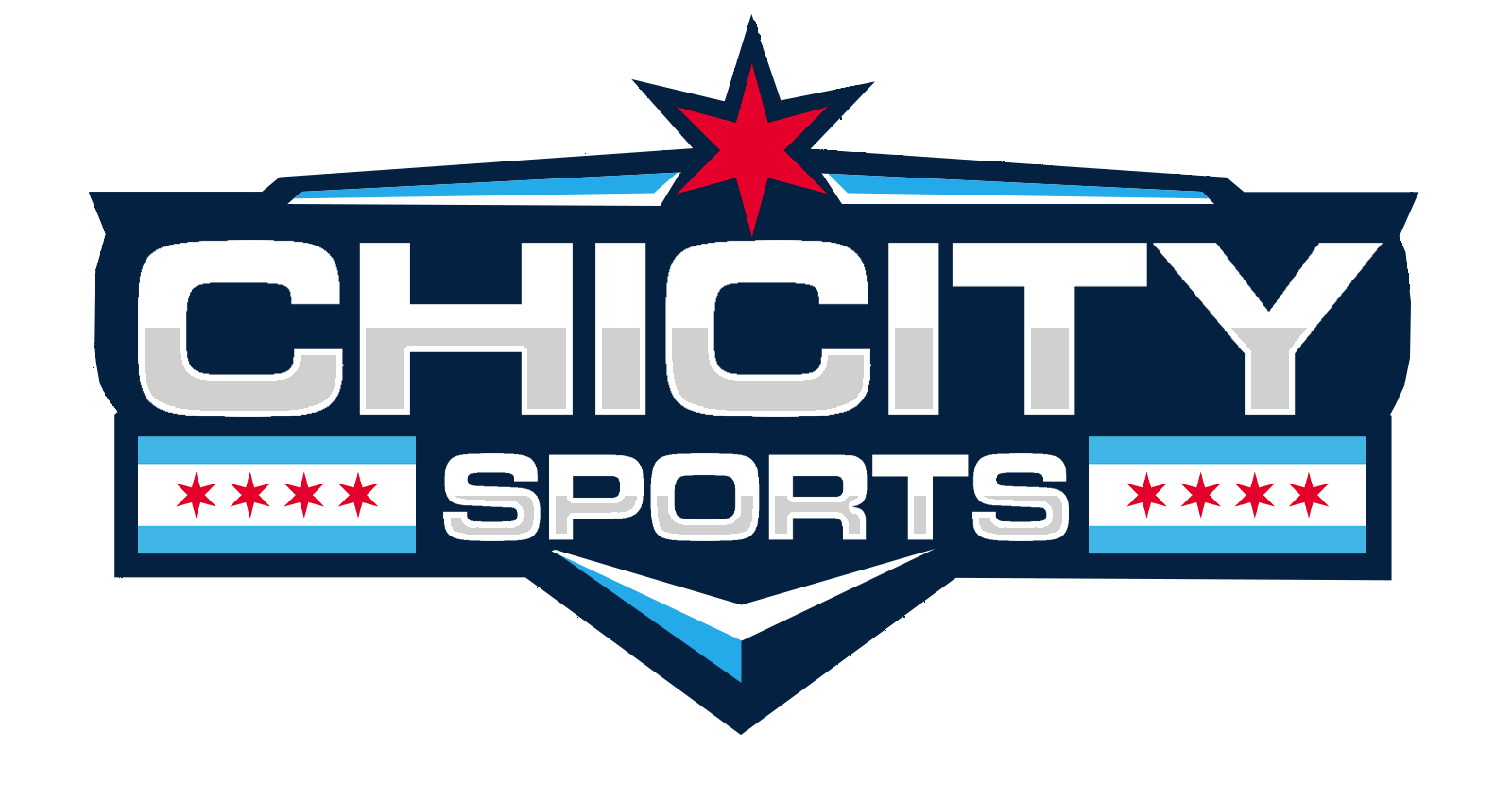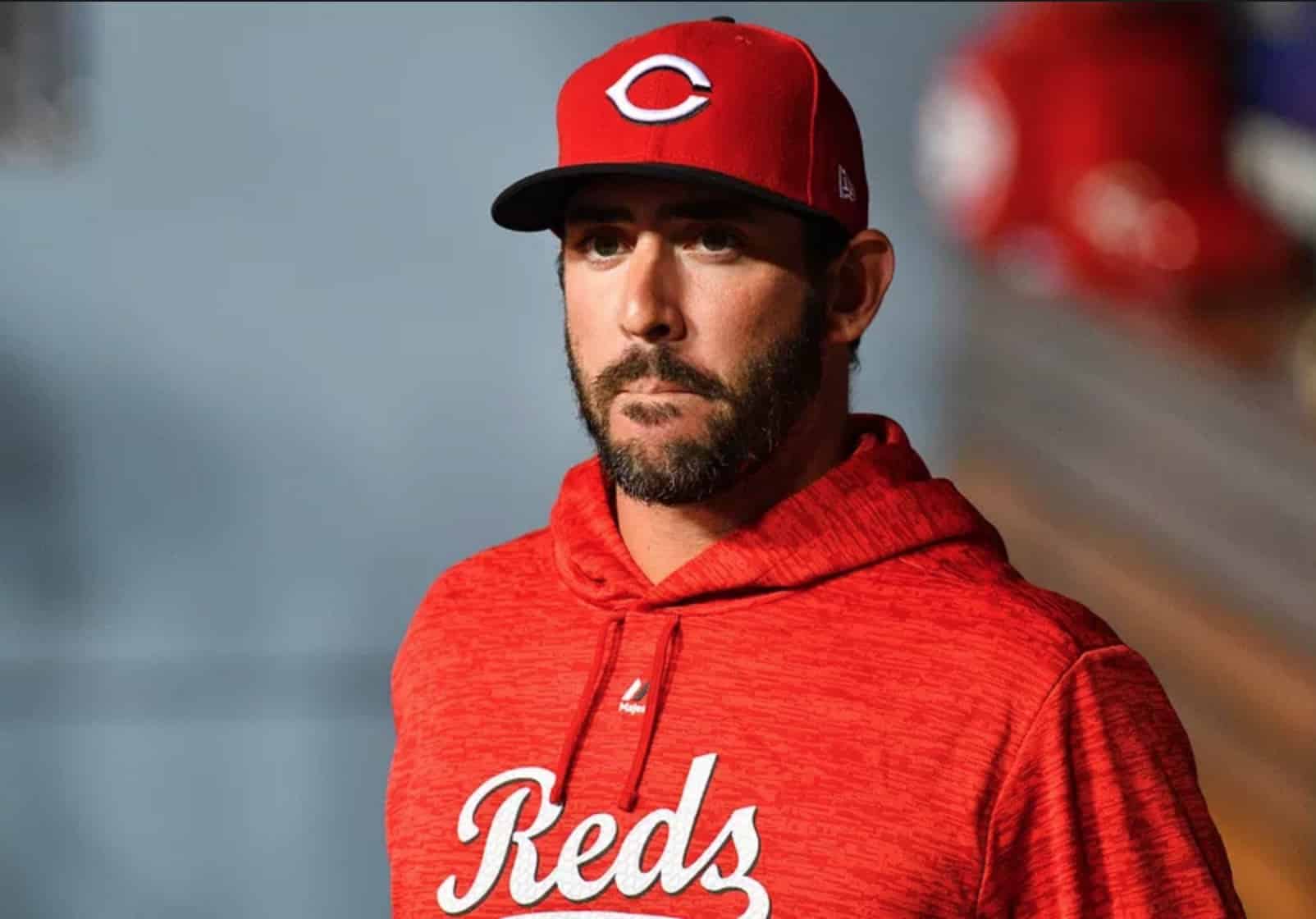On Friday, the Cubs acquired Cole Hamels and cash from the Texas Rangers in exchange for pitchers Eddie Butler and Rollie Lacy as well as another player to be named later.
Hamels, now 34 years old, has posted some rather unflattering numbers this season, with a 5-9 record and an ERA of 4.72. While these are statistics that one may be surprised to find accompanied with a four-time All-Star, Hamels has actually flourished when he has not pitched in Arlington, posting an ERA of 2.93 on the road.
Also, Hamels seems to take an extra-liking towards pitching in Chicago, as he no-hit the Cubs back in July 2015 at Wrigley Field.
This trade seems to have been the right option from the Cubs’ perspective. Unlike making a high-risk blockbuster trade for an ace such as Jacob DeGrom, in which case the Cubs would have certainly had to give up some key players in order to make the deal work, trading for Hamels is a safe choice. The team didn’t have to give up any day-to-day players.
The trade also reflects the level of trust that Cubs management has the roster that they have assembled. The fact that the Cubs didn’t go after the aforementioned Jacob DeGrom or another great starting pitcher means that the team has faith in its rotation to make a run in October. When (or if) Yu Darvish returns from injury, the Cubbies’ rotation could arguably be the most October ready out of any team in the National League.
The expectations for Hamels are not the same as the ones that he had when he was moved from Philadelphia to Texas at the trade deadline in 2015. The Cubs should be satisfied if Hamels becomes John Lackey 2.0.
The two pitchers both joined the Cubs past their primes, but each went into their respective Cubs stint having been an MLB All-Star as well as a World Series champion. Hamels even won World Series MVP back in 2008. But like Lackey back in 2016, Hamels does not need to pitch like the ace he once was.
He simply needs to add stability to a Cubs rotation that hasn’t been there due to the injury of Yu Darvish as well as the obvious struggles from Tyler Chatwood and Mike Montgomery.
The one thing that Cubs fans should be wary of, however, is that trading for Hamels is like applying a band-aid to the Cubs pitching problem.
Kyle Hendricks and José Quintana are both solid, but not great arms. Jon Lester, the Cubs’ consistently great starter, is getting old. Hamels is 34 and is going to be a free-agent this upcoming winter. The team needs a long-term solution at starting pitcher, and they preferably need one before Lester leaves the team. Hamels is obviously not this solution.
For More Great Chicago Sports Content
Get the latest Chicago sports news, analysis, and breaking stories on the Bears, Bulls, Blackhawks, Cubs, White Sox, Sky, and more! Tap the star to add us to your favorites on Google News, so you never miss a story on your favorite Chicago teams.
Follow us on Twitter at @chicitysports23 for more great content. We appreciate you taking time to read our articles. To interact more with our community and keep up to date on the latest in Chicago sports news, JOIN OUR FREE FACEBOOK GROUP by CLICKING HERE




